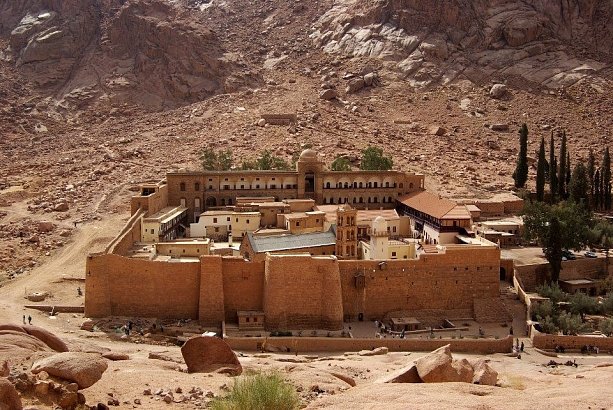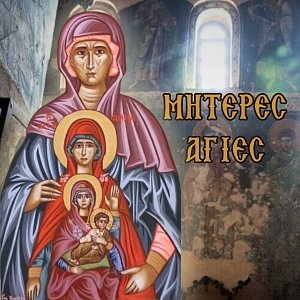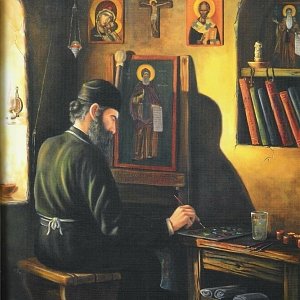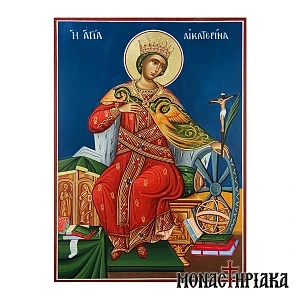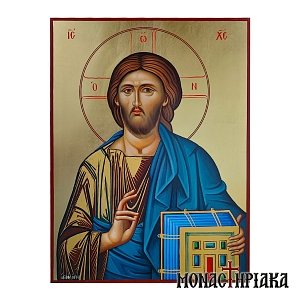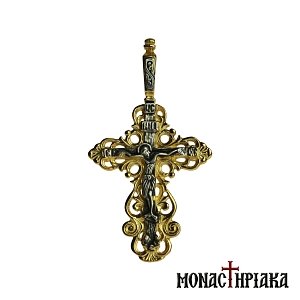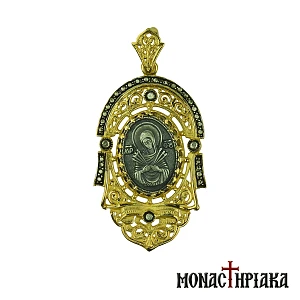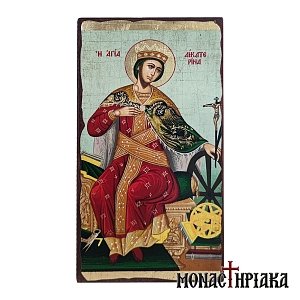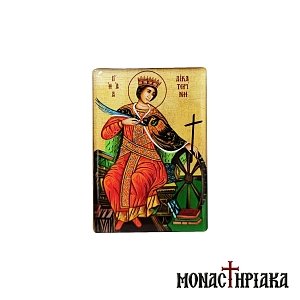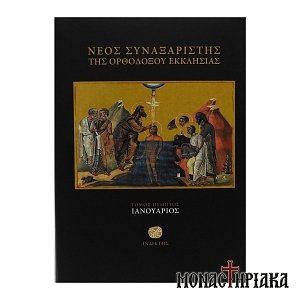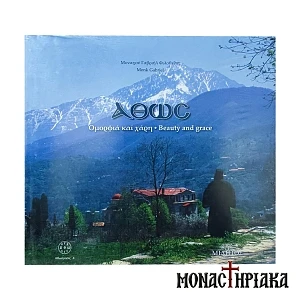Saint Catherine's Monastery on Mount Sinai
Mount Sinai is considered a holy place, not only for Christianity, but also for Muslims and Jews. Thus, the Saint Catherine's Monastery is respected and protected by all religions. In fact, the prophet of Islam, Muhammad, established the document "Ashtiname" with which he placed the Monastery under his protection.
According to tradition, Mount Sinai is where God gave Moses the tablets of the Law with the Ten Commandments (Exodus 19). For this reason, Mount Sinai also received the name Jabal Musa (Mountain of Moses).
The highest peak of the mountain has a height of 2,240 meters and is two hours' walk from the Holy Monastery of Saint Catherine.
The Holy Monastery of Saint Catherine is considered the oldest Christian monastery in the world, together with the Holy Monastery of Saint Anthony near Cairo. Since 2003, the Monastery has been included in the UNESCO World Heritage Sites.
When was the Holy Monastery of Saint Catherine in Sinai built?
Initially, on the spot where Moses heard the Divine Voice, the chapel of "Burning Bath" was built by Saint Helen, mother of Emperor Constantine.
According to testimonies, the first hermit monks appeared in the area in 381-384 AD.
Then, during the 6th century, the emperor Justinian I, in an effort to protect the monks who lived there, but also the chapel from the various raids and looting, ordered the construction of the monastery.
Thus, in the years 527 – 565, a large wall was built around the chapel, as well as auxiliary buildings that helped in the fortification and protection of the monastic life. It is characteristic that even today the emperor Justinian and Queen Theodora are remembered as the founders of the Monastery.
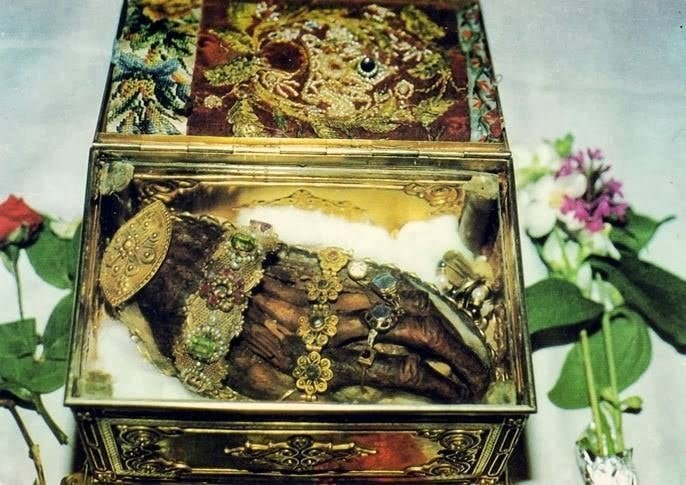
The monastery is dedicated to Saint Catherine as there was a belief that the holy relics of the Saint were miraculously transferred to the monastery.
According to tradition, after the martyrdom and beheading of Saint Catherine, angels took her body and carried it to the highest peak of Mount Sinai, where it still bears her name.
Here you can find handmade iconography with Saint Catherine of Sinai.
The uninterrupted course of the Monastery over the centuries 
The Holy Monastery of Saint Catherine has an continuous course for 17 centuries, as it was never abandoned! Even after 641 AD when Egypt was under Arab rule, the monastery continued its monastic life ceaseless.
Even today, the peaceful coexistence of the Christian monks with the Muslim Bedouins of the region is admirable.
Over the centuries, the Monastery of Saint Catherine received the respect and privileges of many rulers, both from the sultans of Egypt, and from Orthodox rulers of Russia and the Transdanubian states.
The radiation of the monastery was so great that, when in 1798 an earthquake destroyed the north wall of the Monastery, Napoleon's army himself helped in the restoration.
Jesus Christ of Sinai
According to official records, Mount Sinai is home to a great number of Byzantine icons.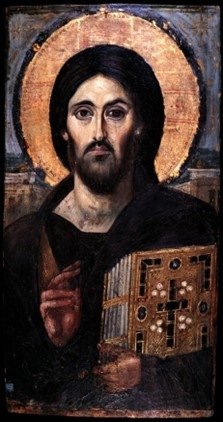
The monastery of Saint Catherine has been turned into a "museum of Byzantine icons", as it houses more than 2,000 icons, 500 of which date between the 6th and 15th centuries. This rich list of icons also includes the rare "wax" encaustic icons of the 6th century.
One of the oldest and most valuable icons in the Monastery of Saint Catherine is the icon of Jesus Christ of Sinai, an impressive and imposing icon in life size (84 x 46 cm).
This is the oldest depiction of Jesus Christ, which dates back to the 6th century. This icon is one of the few that survived from the Iconoclasm period.
The icon depicts Jesus Christ Pantocrator blessing with his right hand and holding the Gospel with his left.
The most characteristic element of the icon is the slight asymmetry found in Jesus' eyes. The transcendent gaze of the Lord and the portrait features capture the union of divine and human nature in the face of the God-man.
Here you can find icons and handmade iconography with Jesus Christ of Sinai.
The rare manuscripts of the monastery 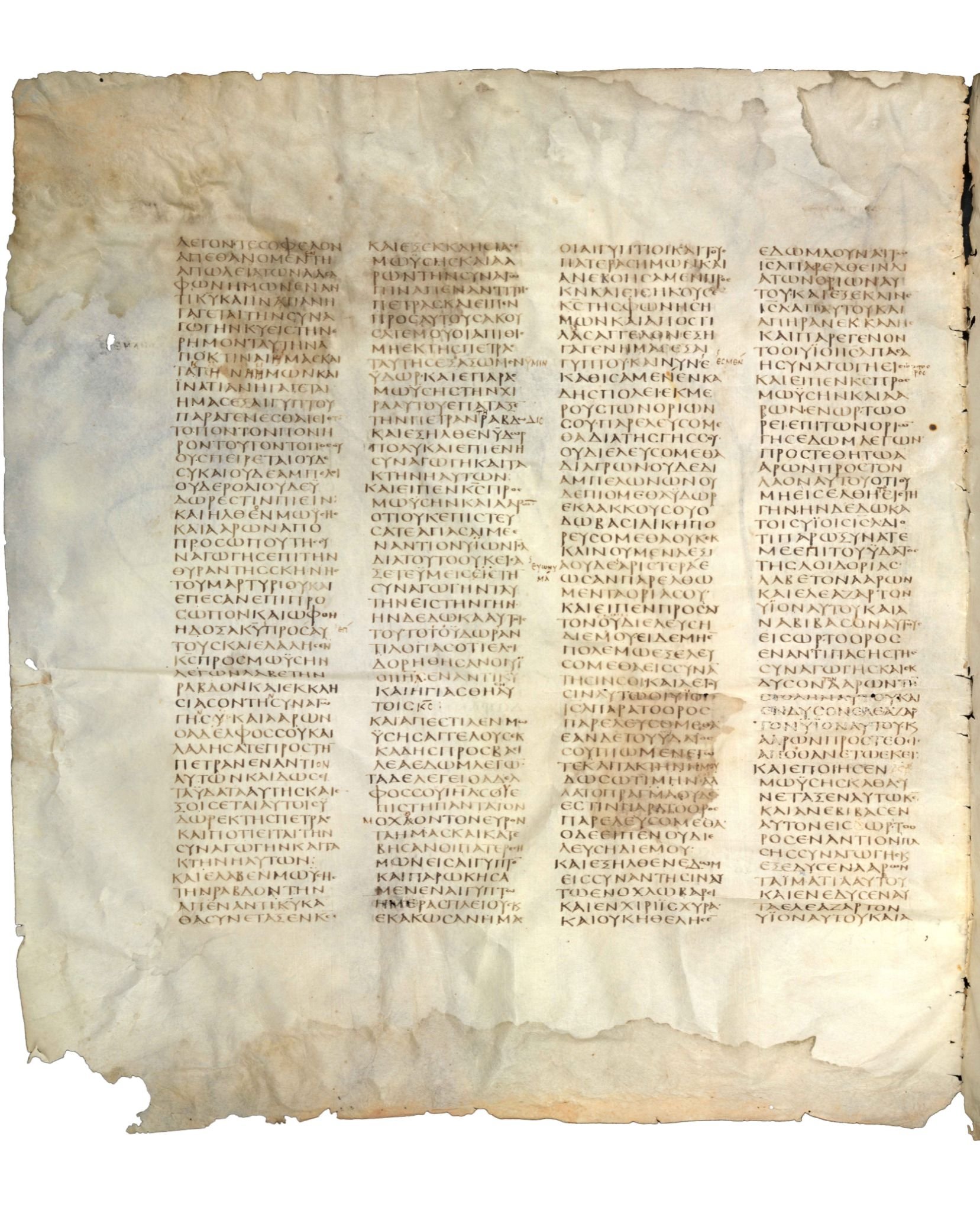
More than 3000 Codices are stored in the Holy Monastery of Saint Catherine. Some of them have been written in the monastery, while others come from Constantinople or are gifts from Byzantine emperors.
Unfortunately, some of the wealth of the monastery lies elsewhere - outside the monastery. A typical example is the Codex Sinaiticus, which dates back to the 4th century.
In fact, it is the oldest manuscript code that includes the complete text of the New Testament in capital letters and a large part of the Old Testament.
The Codex Sinaiticus is considered the most valuable manuscript in the world and until the 19th century it was in the Monastery of Saint Catherine. Today the Codex Sinaiticus is in the British Museum.
Here you can find icons and handmade hagiographies with Saint Catherine.
